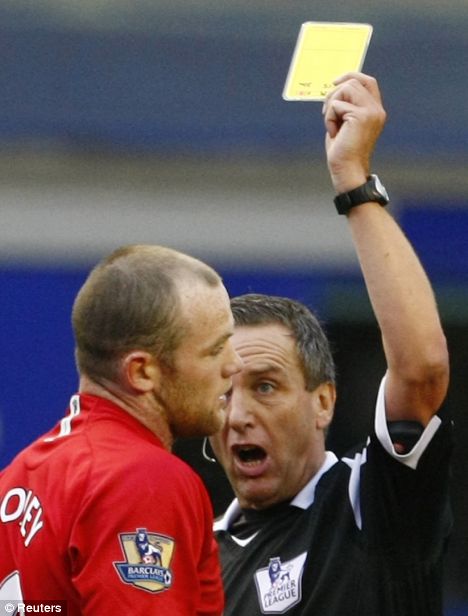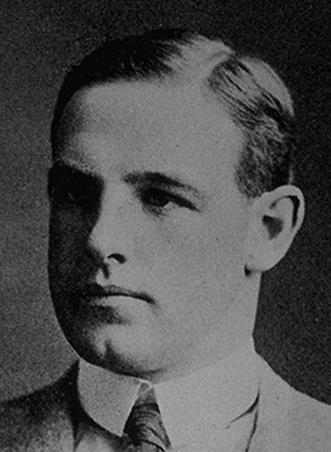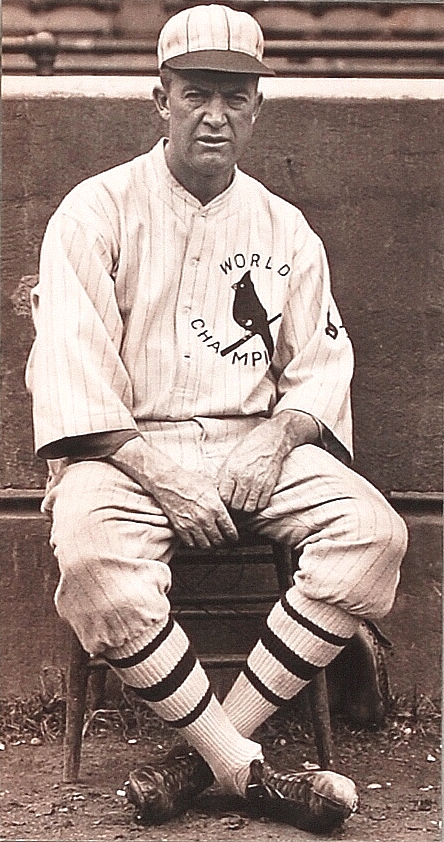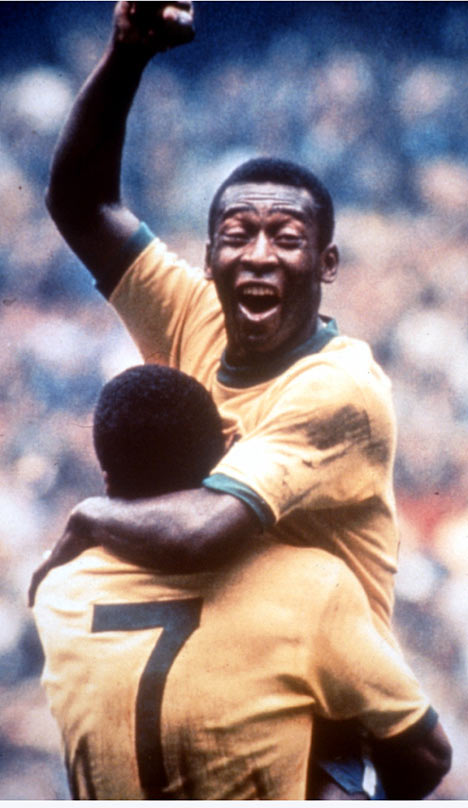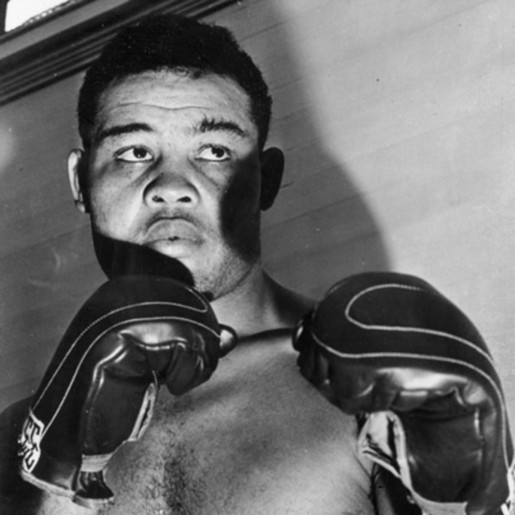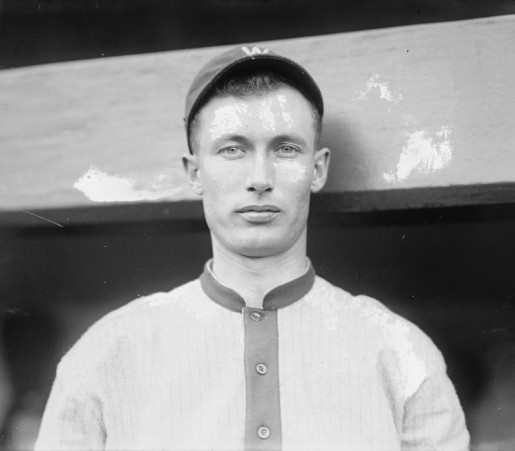How Did a Lawsuit Lead to the Dallas/Houston Governor’s Cup?
Here is the latest in a series of examinations into urban legends about football and whether they are true or false. Click here to view an archive of the football urban legends featured so far.
FOOTBALL URBAN LEGEND: The annual Governor’s Cup game between the Dallas Cowboys and the Houston team from the AFC began due to a legal settlement.
In the early days of the existence of the American Football League, then a rival to the National Football League, there were many battles over college players. In fact, the existence of the AFL was, in many ways, one of the biggest boons to players’ salaries in the history of professional football. Until the AFL came along, there was no way of truly demonstrating how much a given player was worth on the open market because there WASN’T an open market. Once the AFL came along, they were desperate for relevance, and the quickest way to get to relevance was to get star players. So the AFL paid through the nose for the best of the college graduates. As a result, salaries soared. One of the reasons the NFL was willing to merge with the AFL was that they couldn’t afford to continue fighting with the AFL for players.
One of these players was Ralph Neely, the standout offensive tackle from the University of Oklahoma. The beginning of his professional career led to a great battle between the two pro teams from Texas, the Dallas Cowboys of the NFL and the Houston Oilers of the AFL.
Read the rest of this entry »


